The ABC’s of Sports Nutrition
Believe it or not, eating a good sports diet can be simple. Yet too many athletes have created a complex and confusing eating program with good and bad foods, lots of rules, and plenty of guilt. Let’s get back to the basics and enjoy performance-enhancing fueling with these simple ABC’s for winning nutrition.




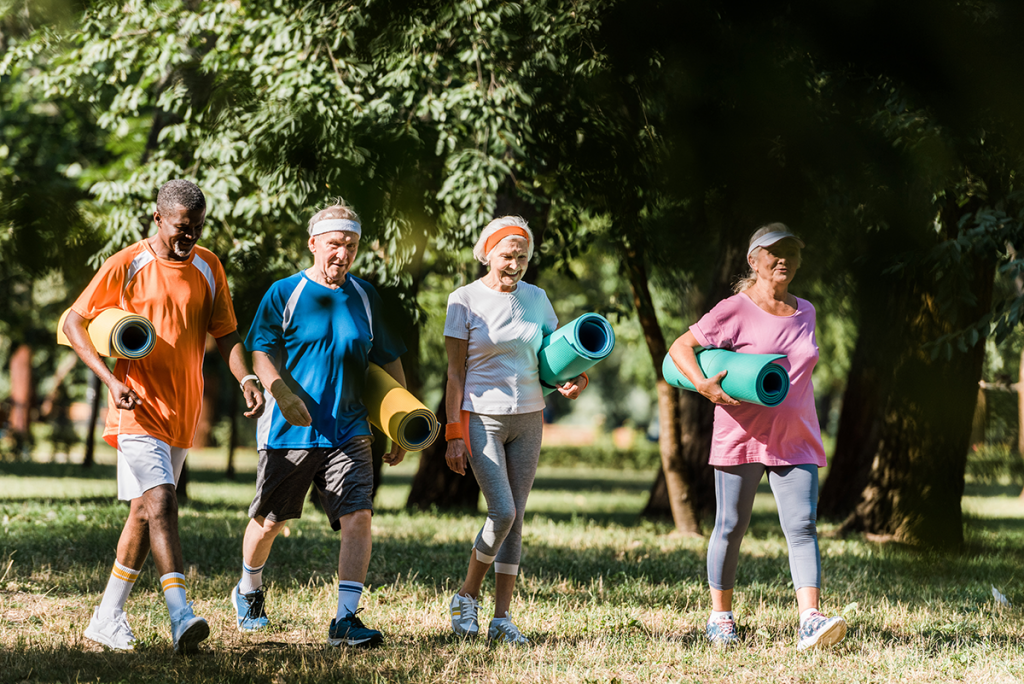

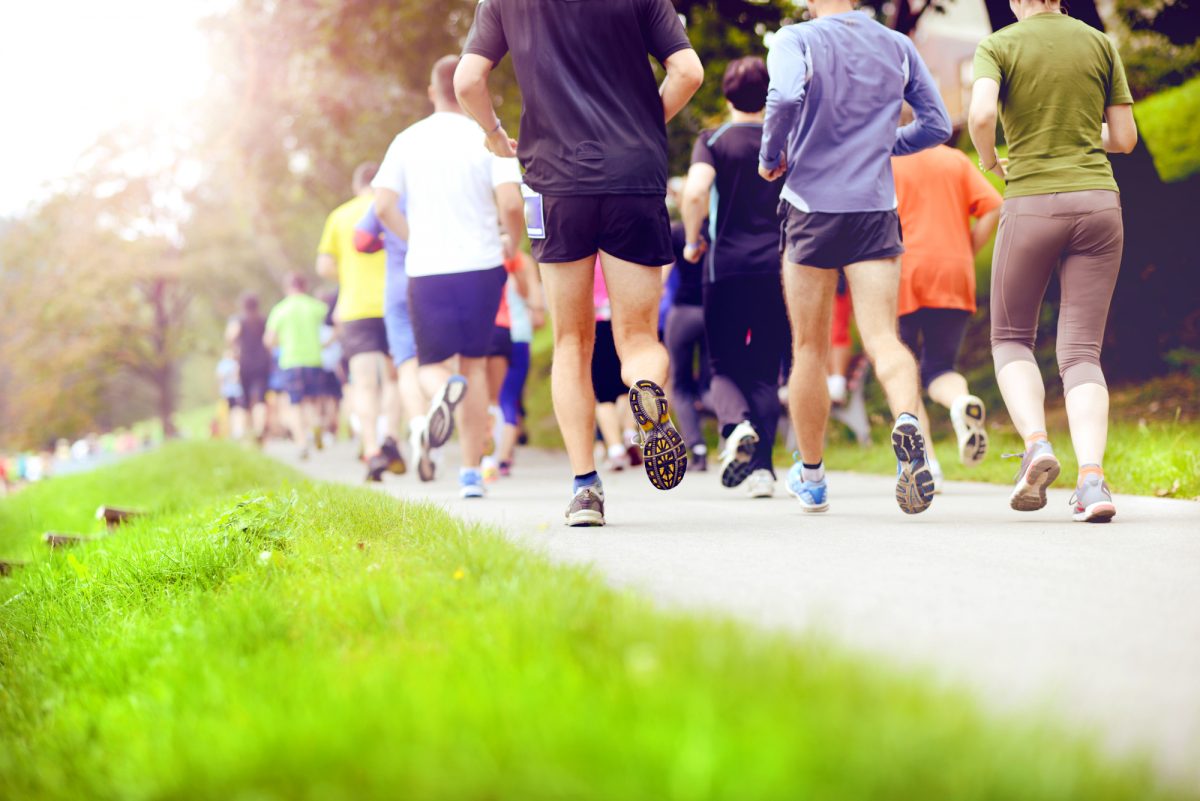
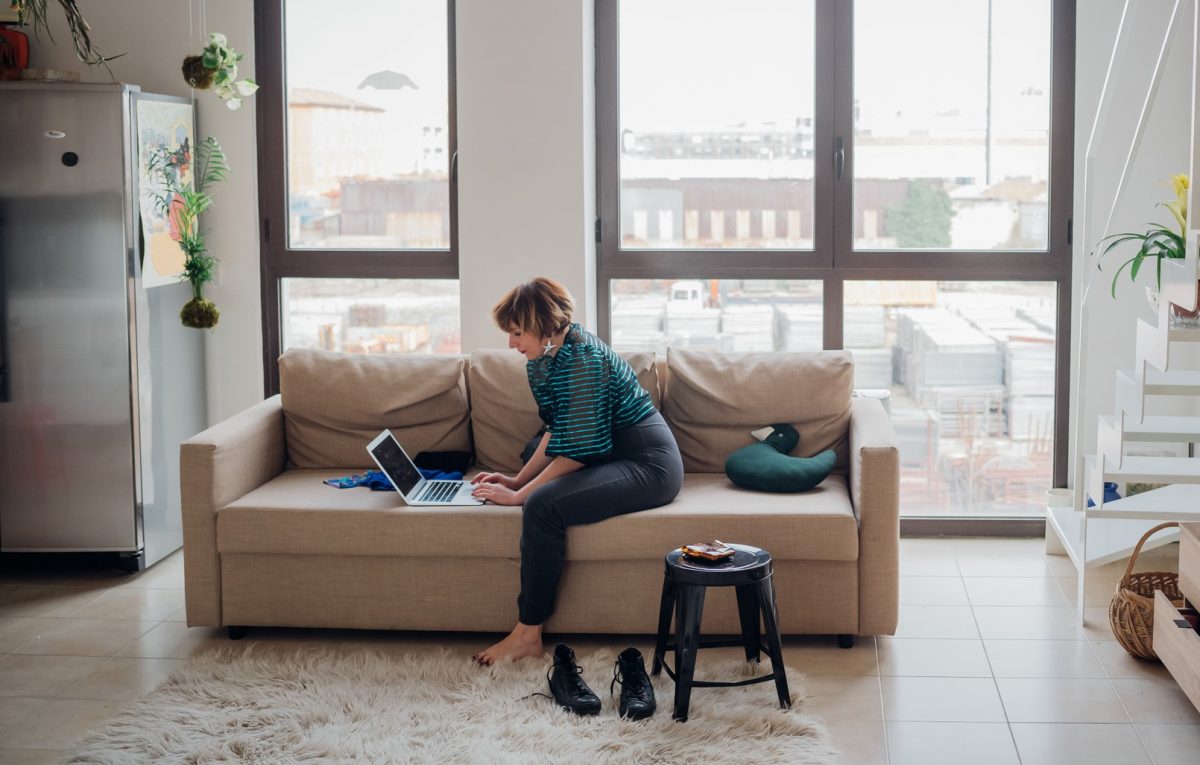

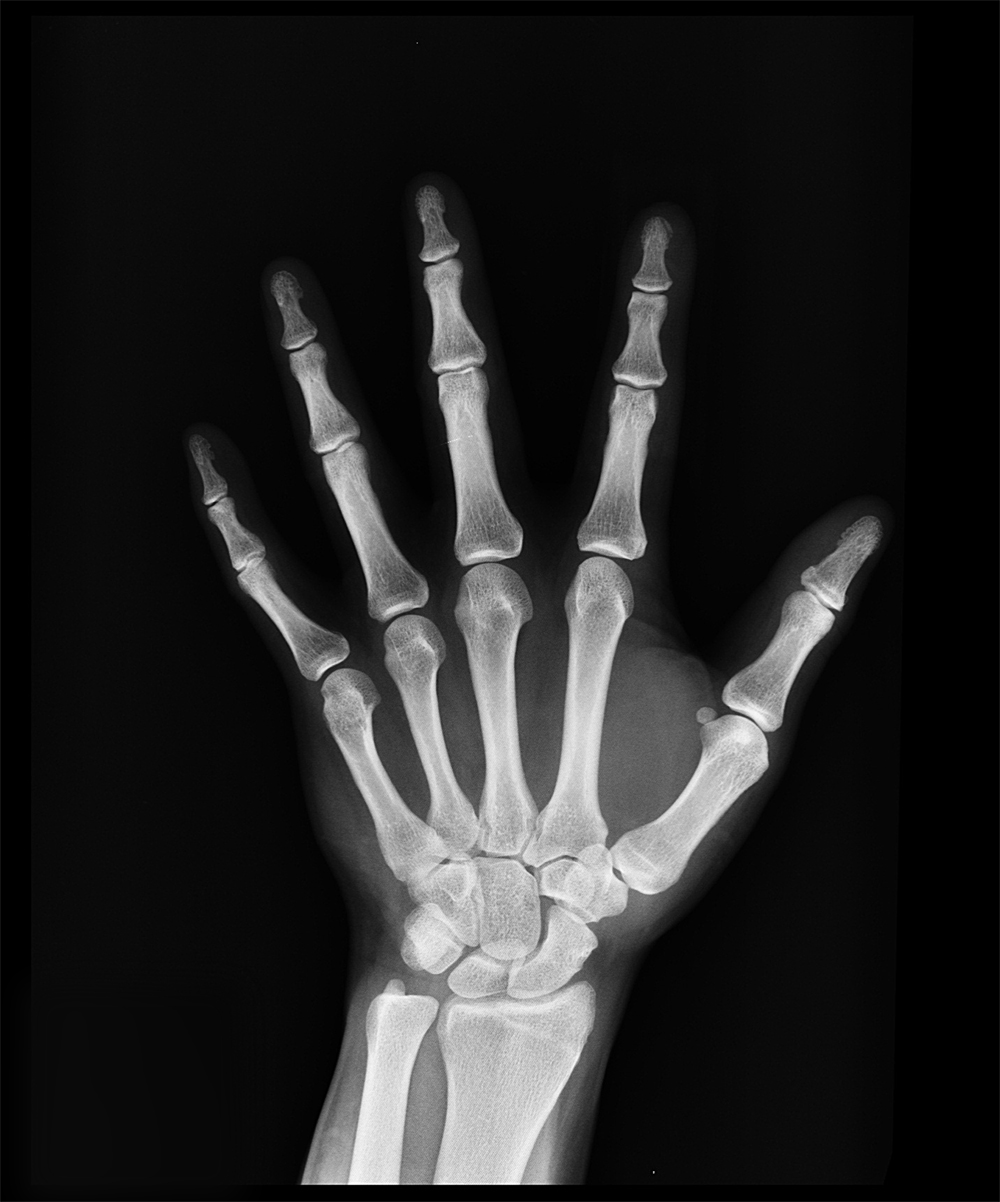
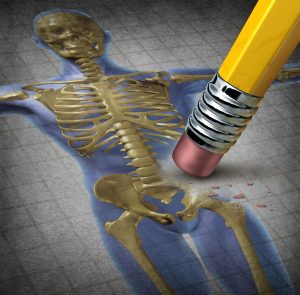 1. Sedentary Lifestyle
1. Sedentary Lifestyle